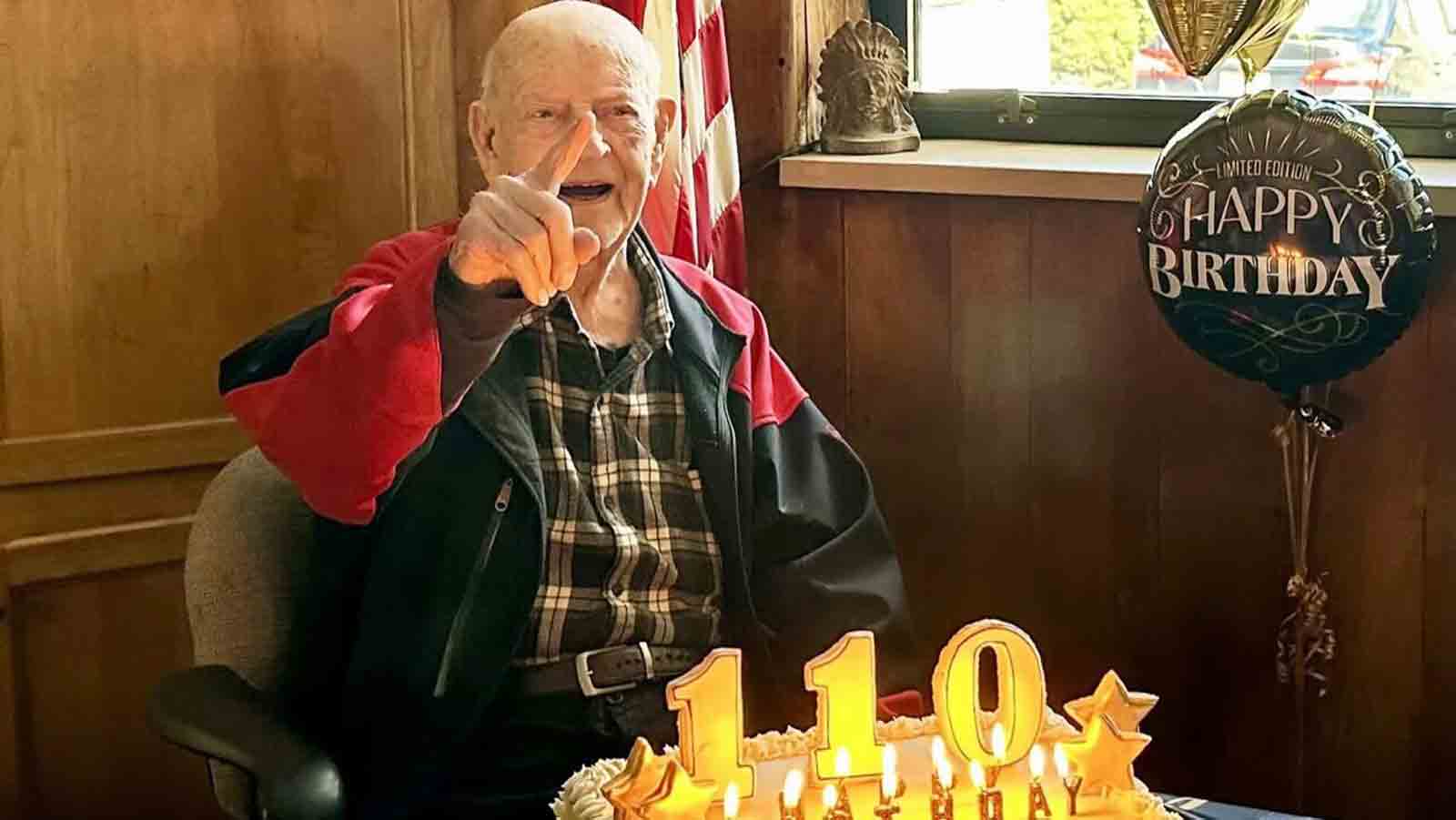Amid a surge in New York City homelessness, many homeless people say it will take more than outreach programs by the mayor and governor to bring them in from the cold.
Not one of the dozens of homeless people interviewed last week by The Associated Press said they had been approached by the outreach workers Mayor de Blasio promised last month would be out on the streets. The mayor's program has an ambitious goal of canvassing every block, every day, in a 7-mile stretch of Manhattan, aiming to persuade street people to come indoors. A city spokeswoman told the AP on Friday that the program would not be fully operational until sometime in March — when winter is almost over.
And despite temperatures that dipped below freezing, none of the about three dozen homeless interviewed last week said they had been involuntarily taken inside following Gov. Andrew Cuomo's executive order instructing police statewide to forcibly remove the homeless from the street once the temperature drops that low.
All said they would rather take their chances on the street in frigid weather than turn to a shelter system they described as filthy, violent, vermin-infested, and rife with mental illness and addiction.
"I haven't talked to any cops, or social workers, or anybody," John Gallup, 30, said while collecting change outside a Trader Joe's on the Upper West Side. "And the shelters here are horrible. I feel safer on the street."
Michael Cliff, begging in Manhattan's Union Square Park, said he won't go to a city shelter due to worries about violence. But, for now, Cliff has a more immediate fear.
"I'm scared. ... I'm really scared I'm going to die out here when it's cold," said the 32-year-old, who said he was once an actor.
Local
City officials estimate that between 3,000 and 4,000 people sleep nightly on New York City's streets, while nearly 58,000 more — including 23,000 children — live in shelters. That's up from 42,000 in the past three years, according to the city. The U.S. Department of Housing and Urban Development has separately recorded a 37 percent increase in New York City's homeless population since 2009.
The problem has been fueled by soaring housing costs, drug addiction and mental illness. The mayor responded last month by commissioning a program called HomeStat, in which workers are tasked with making repeated daily contact with the homeless in what he billed as the country's largest outreach program.
Last week, during a bitter cold snap, city officials said outreach workers persuaded 97 homeless people to go into shelters one night and 62 the next. The city's long-running Code Blue program requires those workers to comb the streets for panhandlers when temperatures drop below 32 degrees.
But John Hamarics, 54, panhandling on Manhattan's Upper East Side, told the AP that New York City's shelters are "a ferocious pigsty." One East Side shelter, he said, was "infested with mice, burrowing in our food bags" and another was "notorious for criminals and people robbing each other's cellphones, robbing each other's clothes, robbing each other's food."
He instead opts to sleep on the steps of a Park Avenue church, fortified every few hours with a $2.18 cup of hot soup from a nearby Subway sandwich shop. Hamarics said he hadn't noticed any changes since the two outreach initiatives began.
"The exact same people are still in the exact same place," said Hamarics, who identified himself as a skilled carpenter looking for a job.
Three of the people interviewed said they had been approached by police officers in recent weeks, but only in the way long familiar to New Yorkers: ordering them off public spaces and suggesting they go to shelters, without offering any assistance or direction.
A de Blasio spokeswoman noted that the stepped-up outreach effort had begun but, due to training requirements, wouldn't be running at full capacity until March. "It takes multiple outreach efforts to build trust with individuals living on the streets," spokeswoman Ishanee Parikh said.
There are many reasons that some homeless people might choose to avoid a shelter. Drugs and drinking aren't allowed, and the facilities are sometimes full of difficult, troubled people in close quarters.
Comptroller Scott Stringer, saying he's "horrified," released an audit finding more than 18,000 health or safety violations — including vermin infestation, busted smoke detectors and peeling lead paint — at the city's 500 shelters. Reports of violent incidents against shelter staff and residents have also increased by 55 percent, from 504 in the fiscal year 2012 to 783 in the fiscal year 2015, according to city records.
De Blasio, whose agenda has been dominated by a need to address the city's homelessness crisis, has announced a plan to step up repairs to city shelters, acknowledging that "for decades our shelters have not been safe enough or clean enough, and that's just not acceptable." But most of the homeless people interviewed last month were skeptical that the city was following through on its plan and doubted the problem could ever be solved.
"Same problem, but it got bigger: more homeless, all over the place," said Michael Williams, 50, saying he once worked as a messenger at the World Trade Center and has been homeless for 14 years. "I haven't noticed anything different. It doesn't matter; it's the same thing, the same thing. Nothing's changed. They're not doing nothing."



